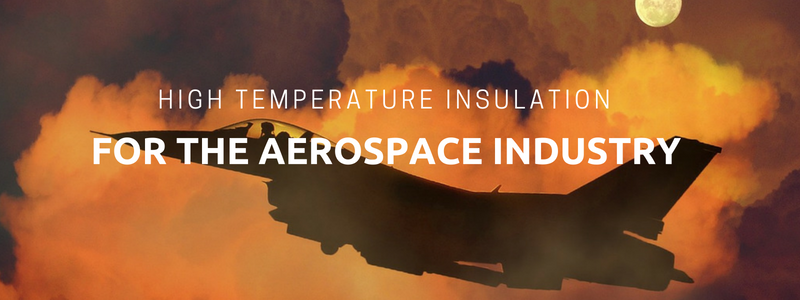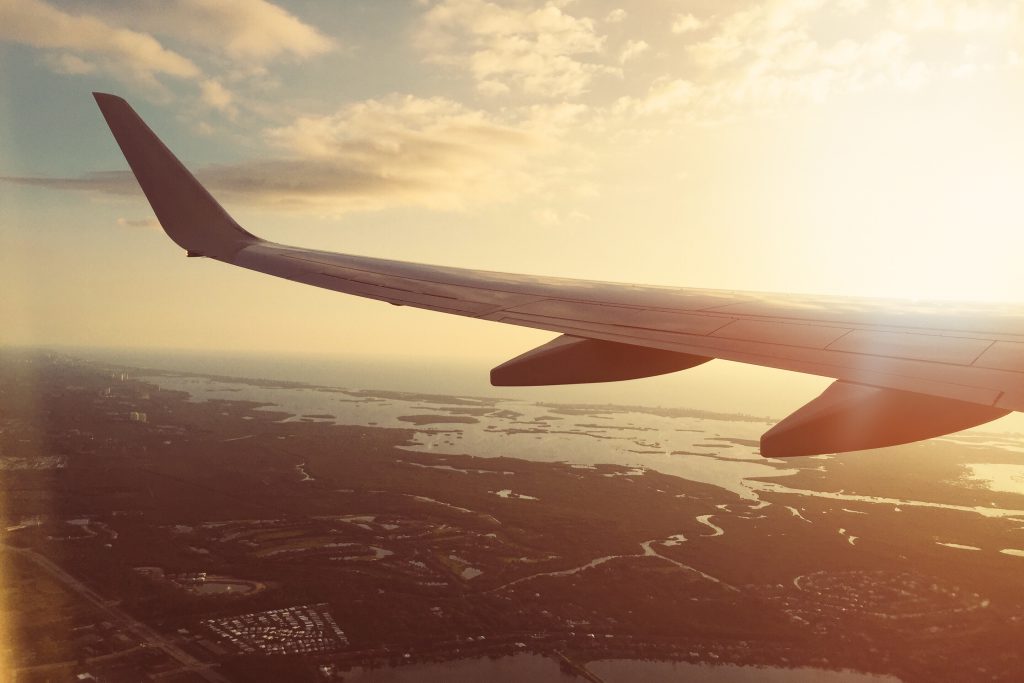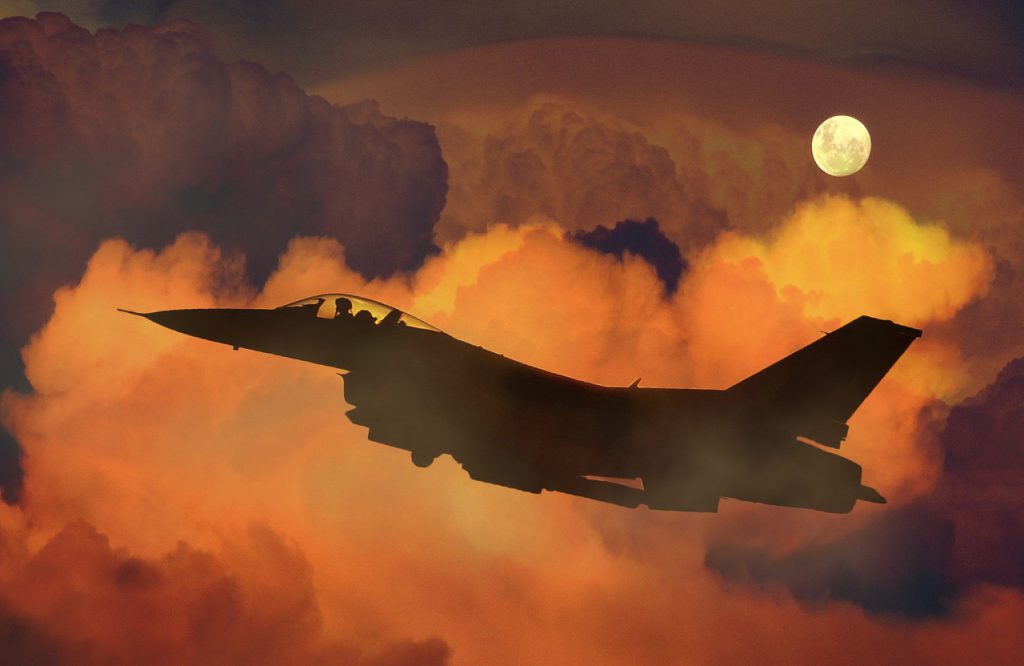
Elmelin proudly manufacture and supply insulation for the aerospace industry. Safety is a paramount priority when it comes to commercial air travel, and while flight security is important, so is high temperature insulation. Aircraft routinely face extreme conditions but must maintain their mechanical stability, while ensuring the safety of passengers and flight staff.
Any solutions to airborne transport must also take weight into consideration, as well as strength and resistance.
Because it is both lightweight and strong, alongside its superior insulation and thermally resistant qualities, mica is the perfect match for high temperature insulation in the aerospace industry.
Protecting Thrust Reversal Systems
When aircraft require deceleration, they use thrust reversal. This is where the engine’s thrust temporarily directs forwards instead of backwards. working against the aircraft’s forward motion, and therefore slowing it down.
This deceleration process is vital when aircraft touch down to reduce the wear on brakes, and to allow them to use shorter landing distances.
However, the process is potentially dangerous, and, in the past, has resulted in fatal accidents. When jet aircraft use reverse thrust, this causes the jet blast to flow forward. In such circumstances, insulation is essential.
Mica provides the necessary thermal insulation for aircraft thrust reversal systems.

High Temperature Insulation in Aircraft Interiors
As a lightweight, flame retardant material, mica is used widely in aircraft construction. Mica roll laminates insulate aircraft ducting and tubing, as well as mica providing essential component parts for aircraft builds.
There are rigorous test standards for aircraft interiors, including large surface area panels such as walls, ceilings, galleys and overhead storage. To meet these standards, the panels must be sufficiently heat resistant and comply with a maximum heat release rate.
Again, mica offers excellent insulation and thermal control solutions.
The process of manufacturing interior parts that have high temperature insulation involves various moulding techniques, using resin-impregnated mica composites.
These techniques are versatile, allowing for the manufacture of more complex shapes, such as in-flight luggage storage, alongside larger interior panels.
Electrical Insulation and Components for Aircraft
While aircraft are large, mechanical devices, they also use a lot of highly sensitive electrical equipment. We’re all familiar with having to turn our personal devices off or onto flight mode when taking off and landing as passengers.
A part of an aircraft’s safe operations, it is important that its sensitive electrical components are protected both from interference and from heat.
One of the threats aircraft can face, along with component failure, is an electrical system fire.
Mica provides the basis for various low voltage insulation elements on aircraft, such as winding wires, flexible laminates, switchboards, switch gears and back-plates.
Aircraft components have individual circuit protection to protect remaining components in the event of overload.

The advanced technology applied in the manufacturing of mica components now allows for increasingly intricate shapes which retain close tolerances, providing ideal solutions in protecting electrical equipment for planes.
Looking After the Black Box
A plane’s flight recorder is a crucial piece of kit. Also known as a data recorder or black box – even though it is bright orange in appearance – this is the device which can provide details in the event of an accident or incident. Investigators will need to understand, as best they can, what has occurred, and what the events were leading up to what has happened.
Since the 1960s, legislation has been in place in many countries requiring the use of data recorders on any aircraft carrying civilian passengers. Early data recorders were not terribly sophisticated, but modern models can now keep audio and visual records as well as data relating to mechanical performance.
Because it may need to provide essential information and data after a serious incident, the black box must be able to withstand extreme conditions, including high impact and intense temperatures.
Consequently, the black box has very robust minimum specifications for its construction, which incorporate crushing distances and impact velocity. In essence, this device must be pretty much indestructible.
How does high temperature insulation fit in?
To protect the black box, it requires a highly thermally efficient material. This will form part of the device’s armoured housing. Using mica as this insulation layer provides a superior degree of protection, while ensuring there will be no interference with the black box’s integrated circuits.
Aircraft Battery Insulation
In almost all aircraft electrical systems, the battery is an essential component. The battery will start the aircraft’s engine and its auxiliary power units, and provide essential back-up power in the event of an emergency.

The battery can also provide ground power capability for pre-flight and other checks.
One of the key qualities the aircraft battery must have is resilience. Therefore, as with other forms of transport, the plane’s battery must be sufficiently protected by the right kind of high temperature insulation.
Not only this, but because of typical inflight conditions, the battery must also be sufficiently protected against low temperatures.
Mica provides the right combination of thermal insulation, strength and stability to ensure the aircraft battery functions properly, safely and reliably.
Transport and Flight Solutions
Elmelin provides insulation solutions to assist safe aviation and the advanced construction and operation of aircraft. The basis for these solutions is mica, as a supremely adaptable but durable material with natural mineral qualities.
Can we help you? Please call us on +44 20 8520 2248, or email sales@elmelin.com. Or, if you’d prefer, you can complete our enquiry form and we’ll get back to you as soon as soon as we can.
